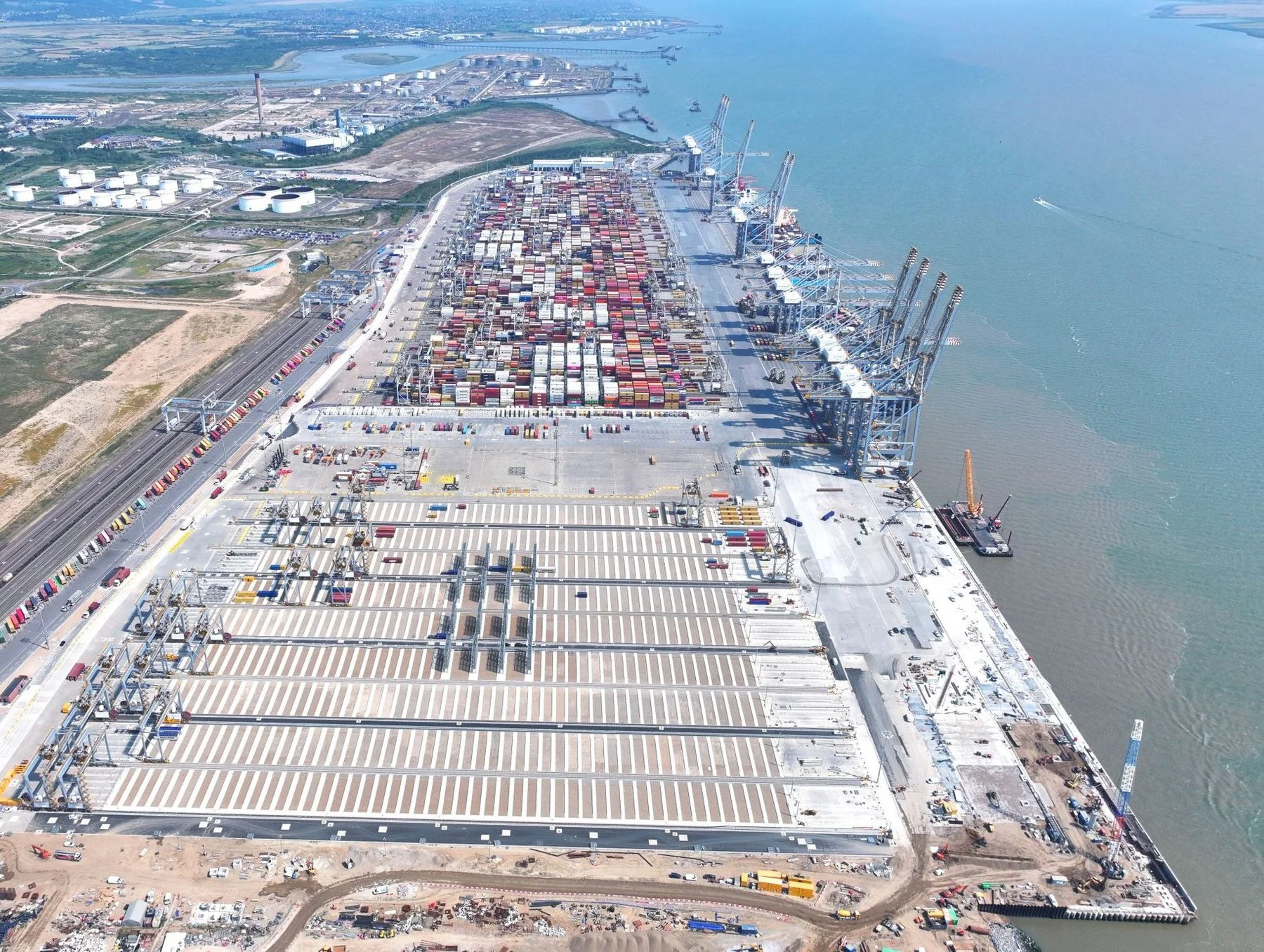UKREiiF connects people, places, and businesses to accelerate and unlock sustainable, inclusive, and transformational investment.
This 3-day event is the perfect storm. Bringing together a spectacular array of key decision-makers from every area of the built environment, including the public sector, with every core UK city and region involved, alongside government, investors, funders, developers, housebuilders, and more.
UKREiiF has become the must-attend event in the industry
The sheer number of regional combined authorities, local councils, and government departments that attend UKREiiF every year – as well as the largest investors, developers, and end-users from across the UK (and internationally) – supports this statement.
Get your tickets to be amongst all the key players, influencers, and decision-makers within the investment and real estate markets who are preparing to gather in Leeds. mission statement: UKREiiF connects people, places, and businesses to accelerate and unlock sustainable, inclusive, and transformational investment.
As the 2025 event looms closer, the organisers are excited by the sheer size and potential of what’s on offer.
This 3-day extravaganza is a perfect storm – bringing together a spectacular array of key decision-makers from every area of the built environment: the public sector – with every core UK city and region involved – alongside government, investors, funders, developers, housebuilders, and more.
Check out these numbers for 2025:
16,000+ Event Attendees
2,500+ Fringe Event Attendees
1,250+ Speakers
60+ Stages
150+ Exhibitors
150+ Fringe Events
275+ Local Authorities Attending
1,750+ Investors Attending
1,000+ Occupiers Attending
1,750+ Developers Attending
The UK needs this platform for the public sector to showcase the scale of development progress and profile future investment opportunities to investors, developers, and occupiers from around the globe that are based right here in the UK – this event does just that.







